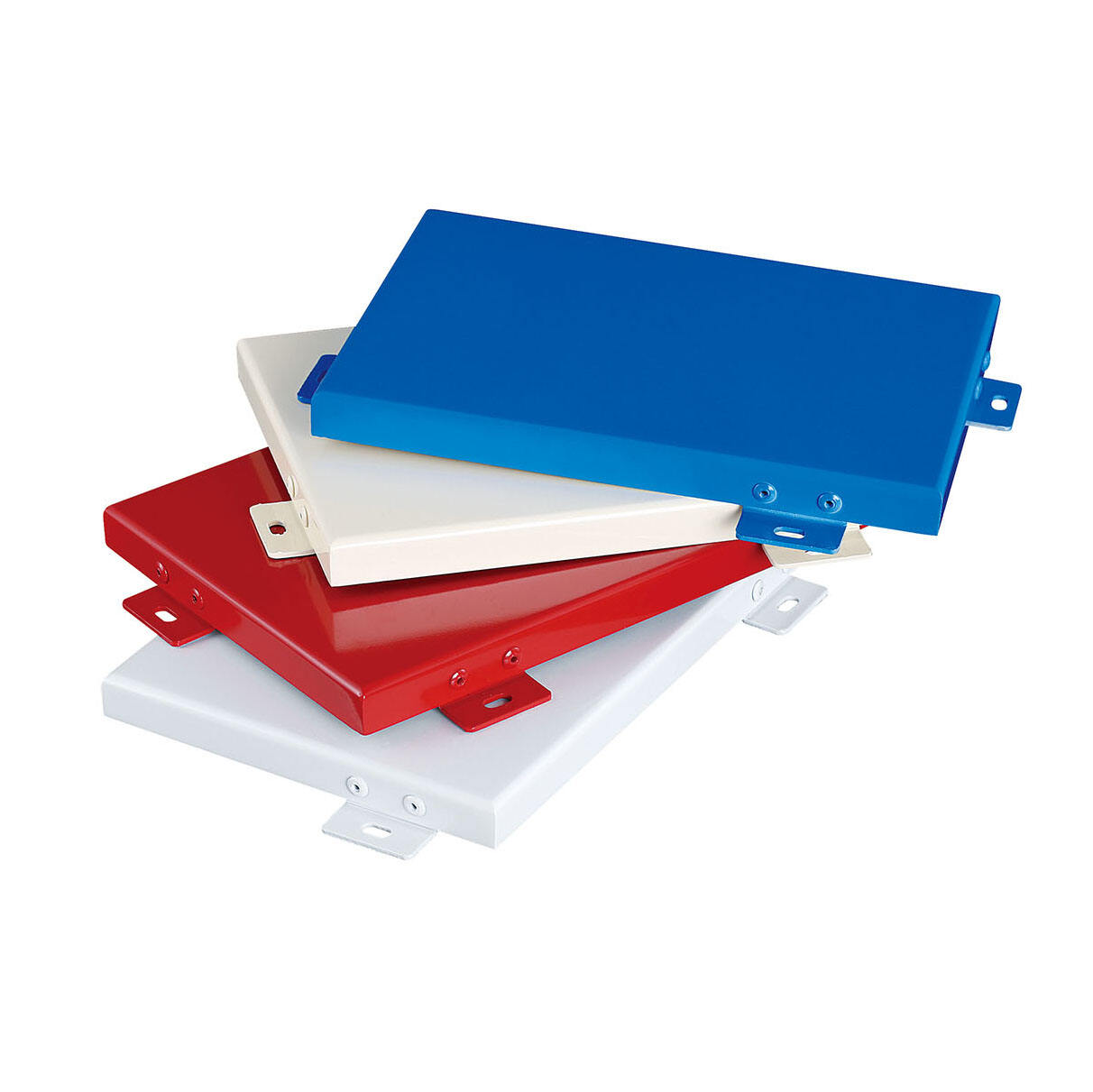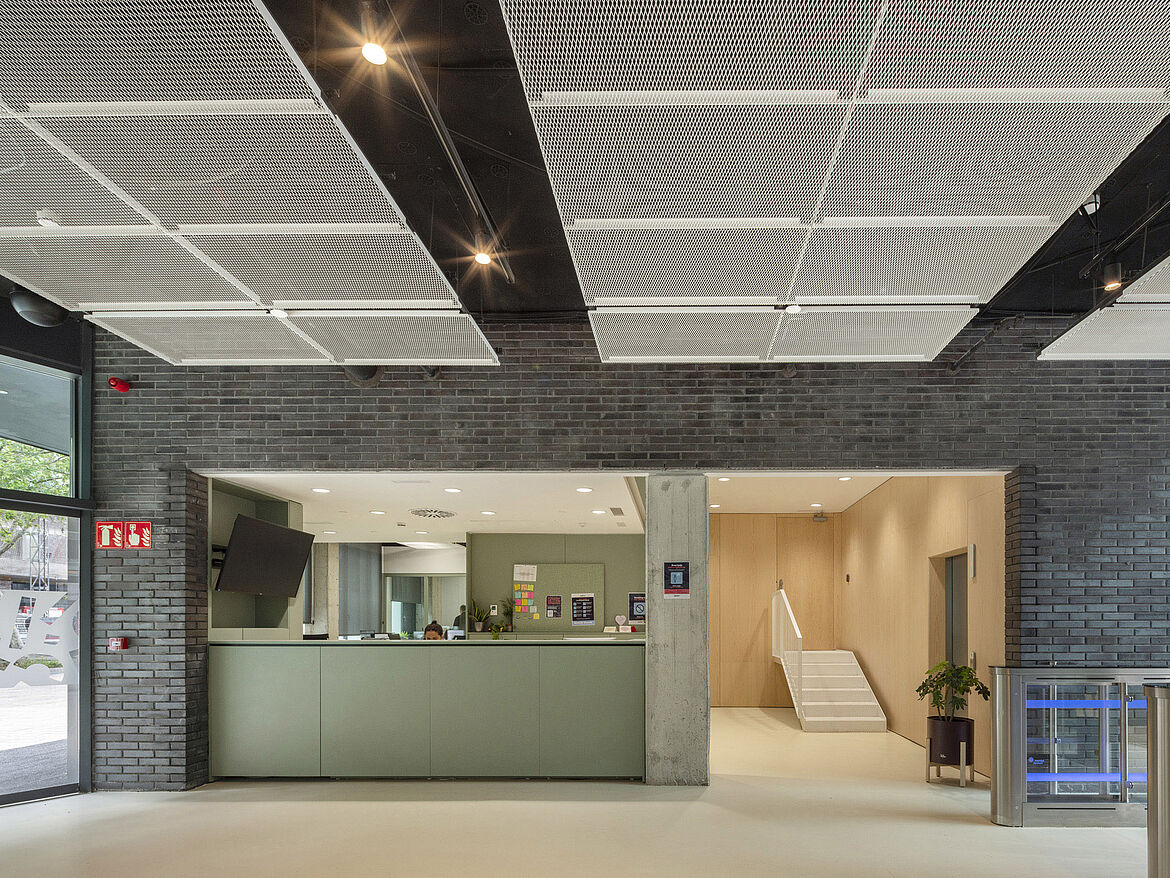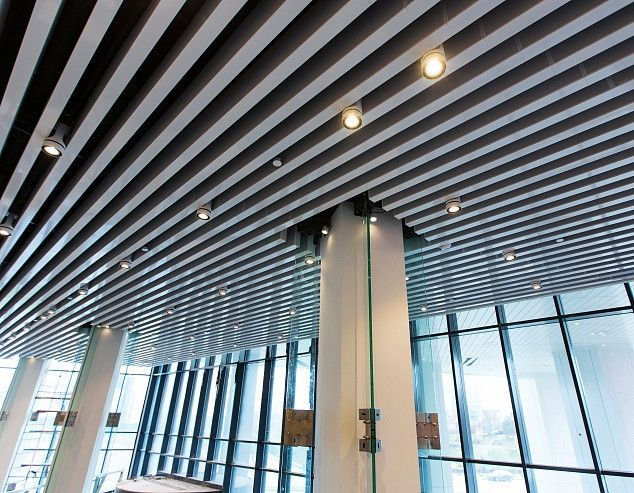Superior Acoustic Performance
The acoustic excellence of perforated aluminum ceiling panels stems from their sophisticated engineering design. The precisely calculated perforation patterns create an optimal balance between sound absorption and reflection, effectively managing acoustic environments in large spaces. These panels typically achieve a Noise Reduction Coefficient (NRC) rating of up to 0.85, indicating their ability to absorb up to 85% of sound energy across various frequencies. The perforations work in conjunction with sound-absorbing materials placed behind the panels, creating a comprehensive acoustic solution. This feature is particularly valuable in spaces where speech intelligibility is crucial, such as conference rooms, auditoriums, and educational facilities. The panels can be customized with different perforation sizes and patterns to achieve specific acoustic requirements for different areas within the same building.





